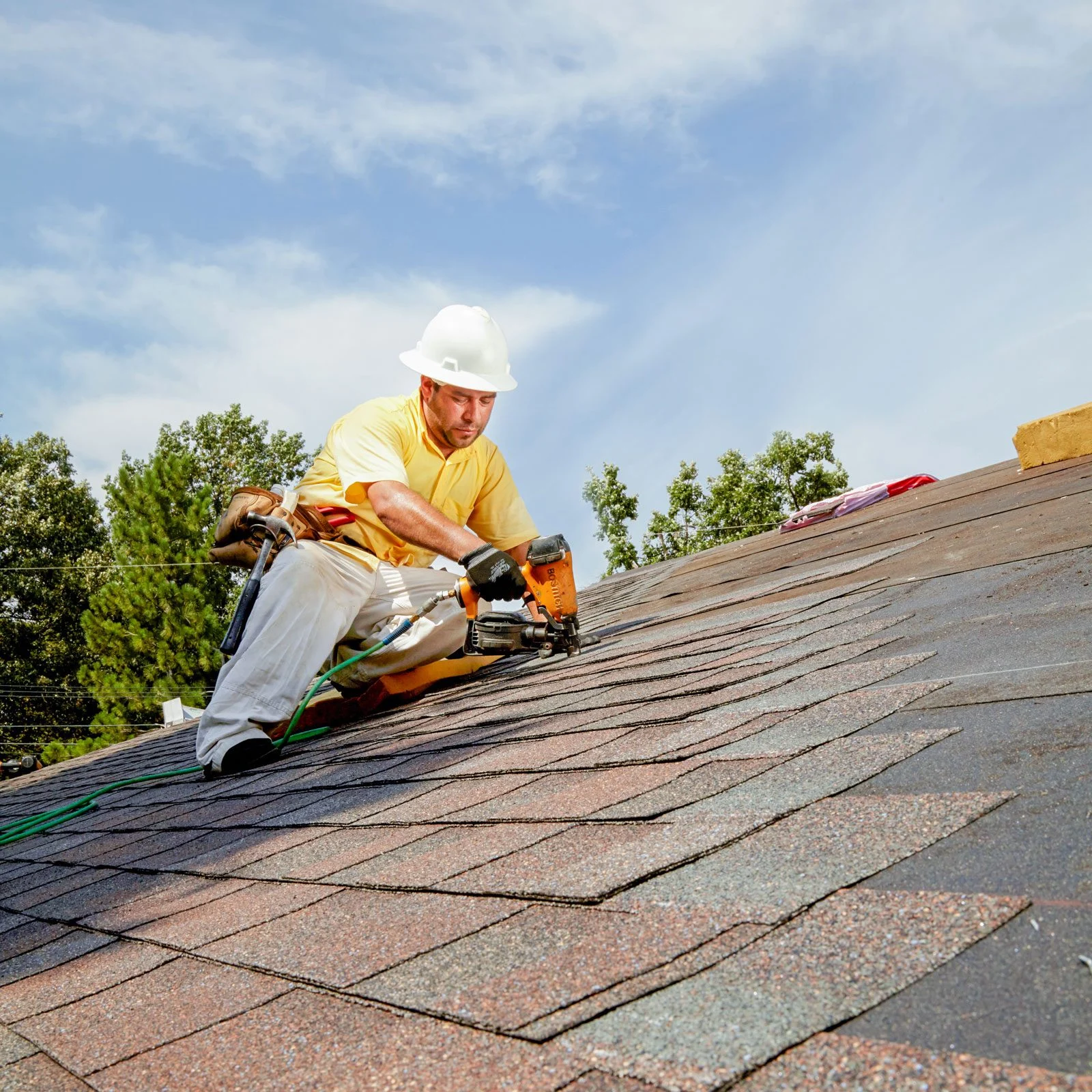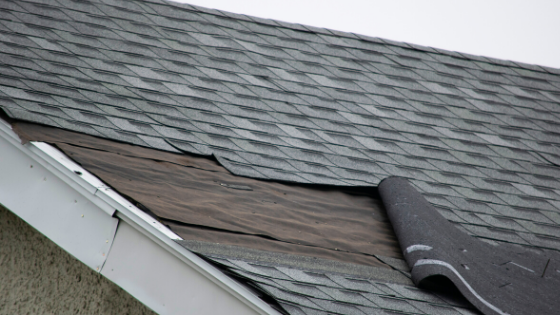Installing a new roof is a significant investment in the protection and longevity of your home. It’s a big project that can disrupt your daily routine, but proper preparation can make the process smoother and less stressful. If you’re planning for a roof replacement, there are several steps you can take to ensure your home and property are ready for the installation crew. Here’s how to prepare your home for a new roof installation.
1. Clear the Area Around Your Home
Roof installation can generate a lot of debris, such as old shingles, nails, and other materials that fall to the ground. To protect your yard and ensure the roofing crew has enough space to work, it’s essential to clear the area around your home.
- Move vehicles: Ensure that any cars, trucks, or other vehicles are parked away from the driveway and street, ideally at least 20 feet from your home. This gives the crew space to maneuver large equipment and ensures your vehicles are safe from falling debris.
- Clear outdoor furniture: Move patio furniture, planters, or any other objects away from the area around your home. This will protect your belongings and give the workers easy access to the roof.
- Prepare your lawn: Trim any low-hanging branches or foliage that could obstruct the roofers’ access to the roof. Make sure the lawn is clear of objects that might get in the way of the installation process.
2. Protect Your Interior Spaces
While roof installation is primarily an exterior project, it can still affect the interior of your home. The noise and vibrations from the work can sometimes lead to damage or dislocation of objects inside the house. Taking some basic precautions will protect your home and belongings.
- Move valuables: If possible, move valuable or fragile items such as artwork, electronics, or glassware away from walls or ceilings that are directly below the roof. This will prevent any accidental damage from vibrations or falling debris.
- Cover furniture: Consider covering large furniture or any items near the ceiling with plastic sheeting or old sheets to protect them from dust or debris.
- Close windows and doors: Ensure that windows and doors are tightly shut to prevent dust from entering your home. It’s also a good idea to close vents in the attic to prevent debris from settling inside.
3. Remove Roof Access Obstacles
Your contractor will need to access your roof and possibly even your attic during the installation process. To make this easier for them, you should ensure that access points are clear and unobstructed.
- Access the attic: If your attic is being used for storage, it’s a good idea to clear out any items that may be in the way of the roofers. You may also want to cover any insulation to protect it from dust and debris.
- Provide clear access: If your roof has special access points, such as a ladder or roof hatch, make sure these are free of obstacles and easily accessible to the crew.
4. Inform Your Neighbors
Roof installation can be noisy and disruptive, so it’s courteous to let your neighbors know when the work will be taking place. Inform them about the dates and times of the roofing work so they can prepare accordingly. This is especially important if you live in a close-knit neighborhood or in an area where houses are close together.
- Let neighbors know about potential noise: The roofing crew will likely start early, and the noise can be loud. Giving your neighbors a heads-up allows them to plan for the noise and any disruptions.
- Check local regulations: Ensure that you’re complying with any local ordinances regarding construction work, especially if there are specific times when roofing can take place.
5. Arrange for Pets and Children
During the roof installation, there will be construction noise, workers moving around, and potential hazards in the area. It’s a good idea to make arrangements for pets and children to ensure their safety and comfort.
- Move pets indoors or to a safe area: If you have pets, keep them indoors during the roofing process to protect them from potential injury. Consider setting them up in a quiet room far from the noise and action.
- Plan for children: If you have young children, it’s a good idea to plan activities for them away from the area where work is being done. Keep them indoors, or if possible, have them visit a friend or relative during the day.
6. Plan for Cleanup and Disposal
Roof installation can create a lot of debris, including old shingles, nails, and other materials. Many roofing contractors will handle the disposal of waste, but it’s good to confirm this in advance and ask about how they plan to manage cleanup.
- Confirm waste removal: Ensure that your contractor will be handling the disposal of old materials, including nails and shingles. Some contractors provide a dumpster for this purpose, while others may require you to arrange for it.
- Check for stray nails: After the installation, inspect your yard for any stray nails that may have been left behind. Most reputable contractors will use a magnetic nail sweeper to remove these, but it’s always worth a final check.
Conclusion
Preparing your home for a new roof installation may seem like a lot of work, but these steps will help ensure the process goes smoothly and that your home and belongings are protected. By clearing the area, taking precautions inside the home, and communicating with your contractor and neighbors, you can minimize disruption and ensure your roof is installed efficiently and safely. With proper preparation, your new roof will be in place before you know it, providing your home with long-lasting protection and curb appeal.



